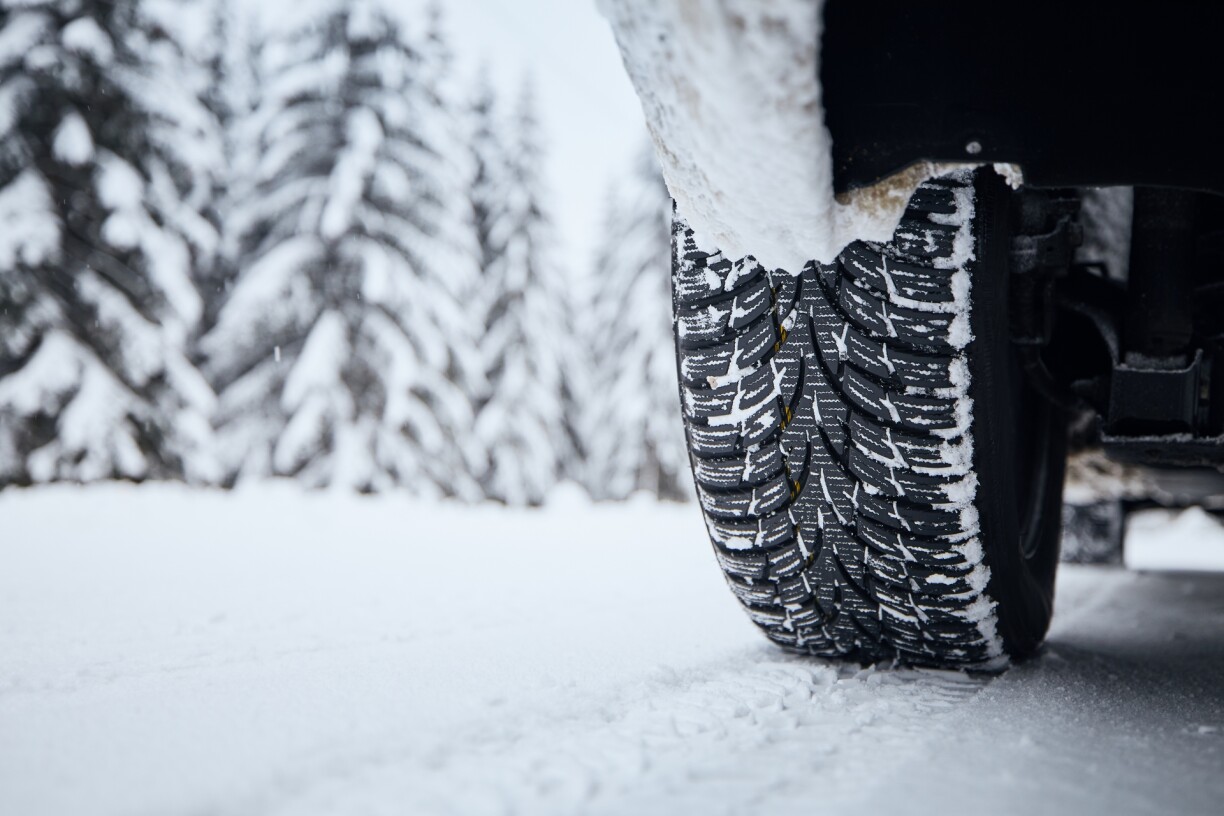
With the arrival of colder weather, Luxembourg drivers are facing the annual decision of whether to switch to winter tyres or opt for the convenience of all-season alternatives. As winters become progressively milder, the latter option is gaining popularity, prompting questions about its suitability.
Luxembourg law mandates the use of winter tyres during specific hazardous conditions, such as black ice, packed snow, or frost, rather than imposing a fixed seasonal date. The rule applies whenever temperatures drop and road surfaces become dangerous.
This legal nuance is increasingly relevant amid shifting climate patterns. Data from Meteolux shows a significant decline in severe winter days. Compared to the period from the 1950s to the 1980s, recent decades have seen a 31% decrease in days with snow cover and a 51% drop in days with black ice. This trend has accelerated in the last two winters, which featured only a handful of days with difficult driving conditions.
Driven by this climatic shift and practical benefits, many motorists are choosing all-season tyres. The advantages are compelling: they eliminate the need for seasonal garage visits and tyre storage, their cost has decreased in recent years, and they are generally well-suited for temperate climates.
Driven by their versatility and advancing technology, all-season tyres have seen a dramatic rise in popularity over the past decade. While specific figures for Luxembourg are unavailable, their market share in France illustrates the trend vividly, growing from just 0.7% of sales in 2015 to 37% in 2024.
The practical benefits are a significant factor. For drivers who cannot store tyres at home, the annual savings on seasonal changing and professional storage fees can exceed €200. Beyond cost, the improved quality of these tyres is a major driver of their success.
Pierre Brochet, head of winter tyre development at GoodYear Luxembourg, confirms this evolution. “The quality and performance of all-season tyres have genuinely improved in recent years,” Brochet stated. He noted that major manufacturers have heavily invested in the segment, and modern all-season tyres are no longer mediocre compromises. “They are genuinely high-performing tyres on dry, wet, and lightly snow-covered roads,” Brochet explained.
However, Brochet acknowledges that dedicated winter tyres remain superior in extreme conditions, such as heavy snow or sustained freezing temperatures. The choice ultimately depends on driving habits: all-season tyres are well-suited for urban and suburban drivers who face mild winter conditions, while winter tyres are recommended for those who drive long distances, live in high-altitude areas, or frequently travel to mountainous regions.
Experts strongly advise motorists to look for a specific certification when purchasing. While the “M+S” (Mud + Snow) marking is a manufacturer self-declaration, it is no longer sufficient in some regions. In France, for instance, tyres marked only “M+S” have been prohibited for winter use since 1 November 2024.
The critical standard to look for is the “Three-Peak Mountain Snowflake” (3PMSF) symbol. This certified label, depicting a snowflake inside a three-peaked mountain, guarantees that the tyre has passed standardised performance tests on snow and is a verified winter-capable tyre. Given that winter tyre laws vary across Europe, drivers are encouraged to verify the specific requirements of the countries they plan to visit.